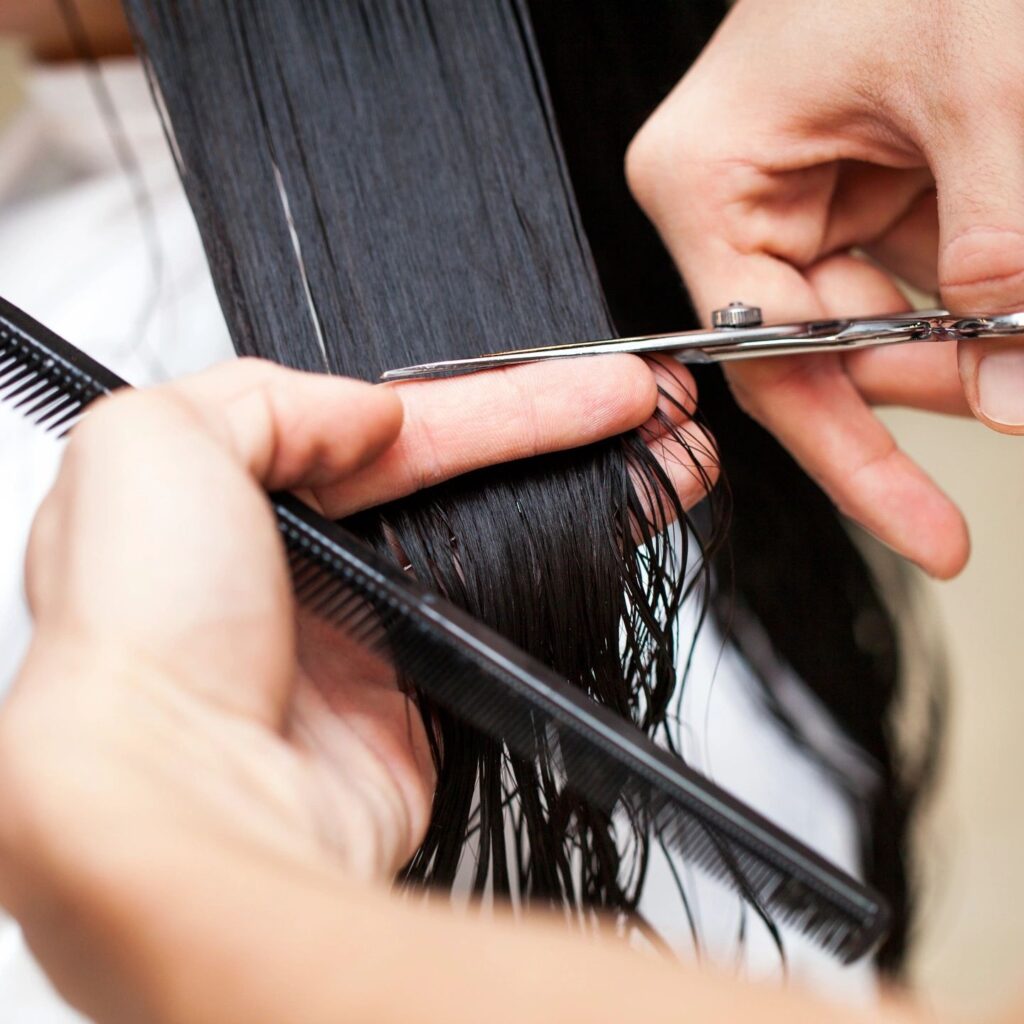
Long hair can be a source of pride, but it also requires careful maintenance to keep it looking its best. Without proper care, long hair can become prone to tangles, split ends, and breakage. Here’s a comprehensive guide to managing, styling, and caring for long hair, so you can enjoy the benefits of your lengthy locks without the frustration.
Detangling: One of the biggest challenges with long hair is keeping it tangle-free. To avoid damage, always start detangling your hair from the ends and work your way up to the roots. Use a wide-tooth comb or a detangling brush, and never tug or pull at knots. It’s best to detangle hair when it’s damp and coated with a leave-in conditioner or detangling spray, which adds slip and makes the process easier.
Washing and Conditioning: Long hair requires a delicate balance when it comes to washing and conditioning. Over-washing can strip your hair of natural oils, leading to dryness, while under-washing can lead to buildup. Aim to wash your hair two to three times a week, depending on your scalp’s oil production. Use a gentle, sulfate-free shampoo to cleanse without stripping. Follow up with a hydrating conditioner, focusing on the mid-lengths to ends, where hair is the driest. Consider using a deep conditioning treatment or hair mask once a week to keep your hair moisturized and strong.
Heat Styling: Heat styling tools like blow dryers, flat irons, and curling wands can be damaging, especially to long hair, which is more prone to split ends. If you regularly use heat tools, always apply a heat protectant spray beforehand to minimize damage. When blow-drying, use the lowest heat setting that effectively dries your hair, and hold the dryer at least six inches away from your hair. For styling, consider using heat-free methods like braiding your hair overnight for waves or using foam rollers for curls.
Trimming: Regular trims are essential for maintaining the health of long hair. While it may seem counterintuitive to cut your hair when you’re trying to grow it out, trimming split ends prevents them from traveling up the hair shaft and causing more extensive damage. Schedule a trim every 6-8 weeks to keep your ends healthy and your hair looking its best.
Protective Styles: To give your hair a break from daily styling, consider incorporating protective styles into your routine. Braids, buns, and twists can keep your hair contained and protected from environmental damage, friction, and tangling. When wearing protective styles, be mindful of tension, as styles that are too tight can lead to breakage and even hair loss. Always ensure your hair is well-moisturized before putting it in a protective style.
Sleeping: How you care for your hair at night can significantly impact its health. Sleeping on a silk or satin pillowcase can reduce friction, helping to prevent tangles and breakage. You can also protect your hair by loosely braiding it or putting it in a bun before bed. If you prefer to let your hair down, consider using a silk or satin scarf or bonnet to cover your hair.
Styling Products: Choose styling products that cater to your hair’s specific needs. For example, if you struggle with frizz, opt for a smoothing serum or anti-frizz cream. If your hair lacks volume, a lightweight mousse or volumizing spray can add body without weighing your hair down. Be mindful not to overload your hair with products, as buildup can weigh it down and make it look greasy.
By following these tips and investing time in a proper hair care routine, you can enjoy the beauty and versatility of long hair while keeping it healthy and strong.
Comments are closed